How to Pick a Milk When Your Baby Turns 1
- Why it’s ok for babies to have cow’s milk protein in yogurt, low sodium cheeses and other dairy foods but why we don’t substitute fluid cow’s milk for breastmilk and/or formula until baby turns 1
- What to look for in the milk aisle when you’re choosing a cow’s milk for your baby at or after the 1 year mark
- How to wean baby off of the bottle (and when to do that) and what to consider if you need to do a cow’s milk alternative if your baby has cow’s milk protein allergy or you’re a vegan family
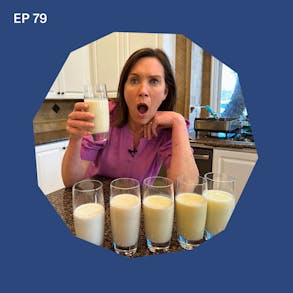
LISTEN TO THIS EPISODE
Episode Description
What changes in feeding when your baby turns 1? Honestly...not a whole lot. But we do make the transition to cow’s milk and that can be kind of tricky for some families.
In this episode we’re looking at how to pick milk when your baby turns 1. From questions about how much to feed, what types of cow’s milk to try, transitioning from breastmilk and/or formula to cow’s milk and milk alternatives, I’m answering all your questions on how to pick a milk when your baby turns 1.

Links from this Episode
- Baby-Led Weaning with Katie Ferraro program with the 100 First Foods™ Daily Meal Plan, join here: https://babyledweaning.co/program
- Baby-Led Weaning for Beginners free online workshop with 100 First Foods™ list to all attendees, register here: https://babyledweaning.co/baby-led-weaning-for-beginners
Other Episodes Related to this Topic

Latest Episodes
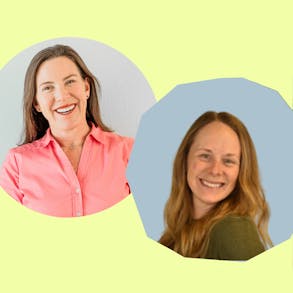
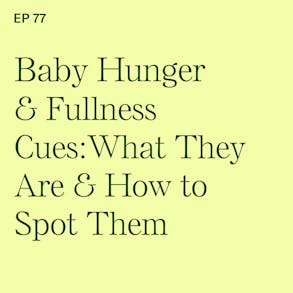
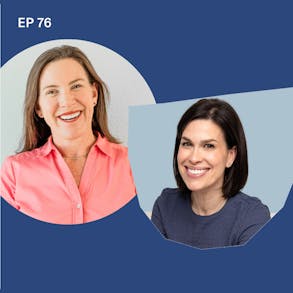
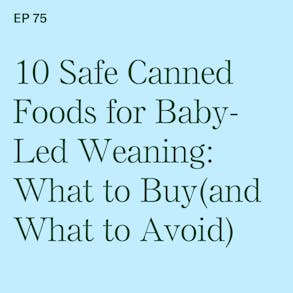
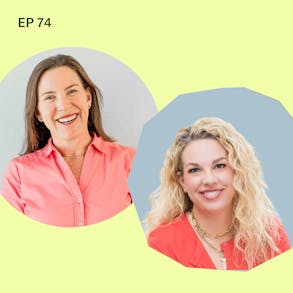
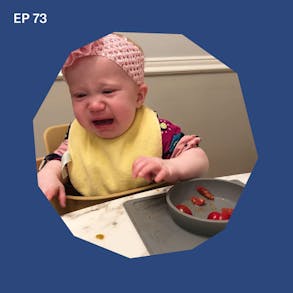
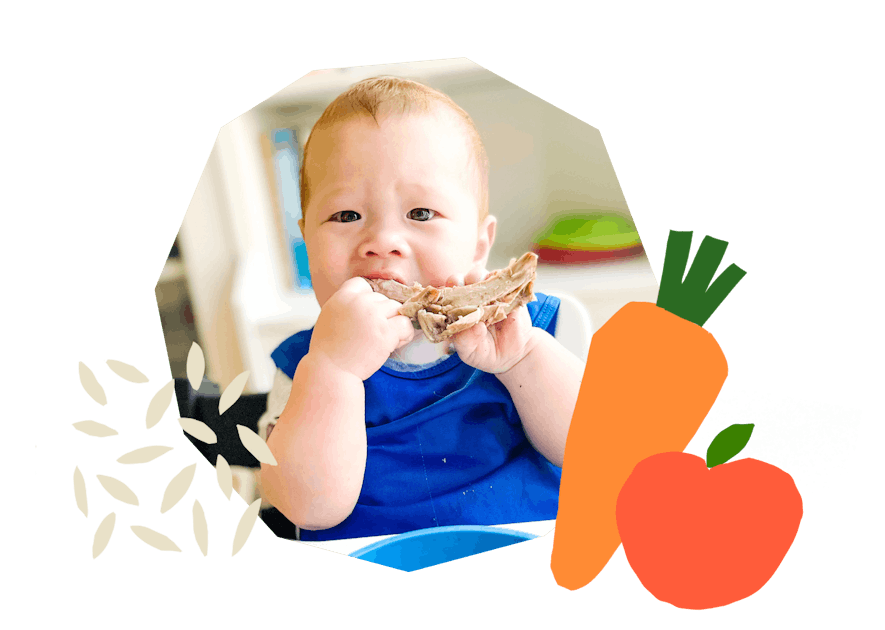
The Program Baby-Led Weaning with Katie Ferraro
A step-by-step digital program for starting solid foods safely and navigating the original 100 FIRST FOODS™ meal plan with baby-led weaning.
 EXPERT-LED, PROVEN APPROACH TO EATING REAL FOOD
EXPERT-LED, PROVEN APPROACH TO EATING REAL FOOD CONCISE VIDEO TRAININGS TO MASTER BABY-LED WEANING
CONCISE VIDEO TRAININGS TO MASTER BABY-LED WEANING 100 FIRST FOODS DAILY MEAL PLAN WITH FOOD PREP VIDEOS
100 FIRST FOODS DAILY MEAL PLAN WITH FOOD PREP VIDEOS
Baby-Led Weaning for Beginners Free Workshop
Is your baby ready to start solid foods, but you’re not sure where to start? Get ready to give your baby a solid foundation to a lifetime of loving real food…even if you’re feeling overwhelmed or confused about this next stage of infant feeding.
Get baby-led weaning recipes and tips delivered to your email inbox.

